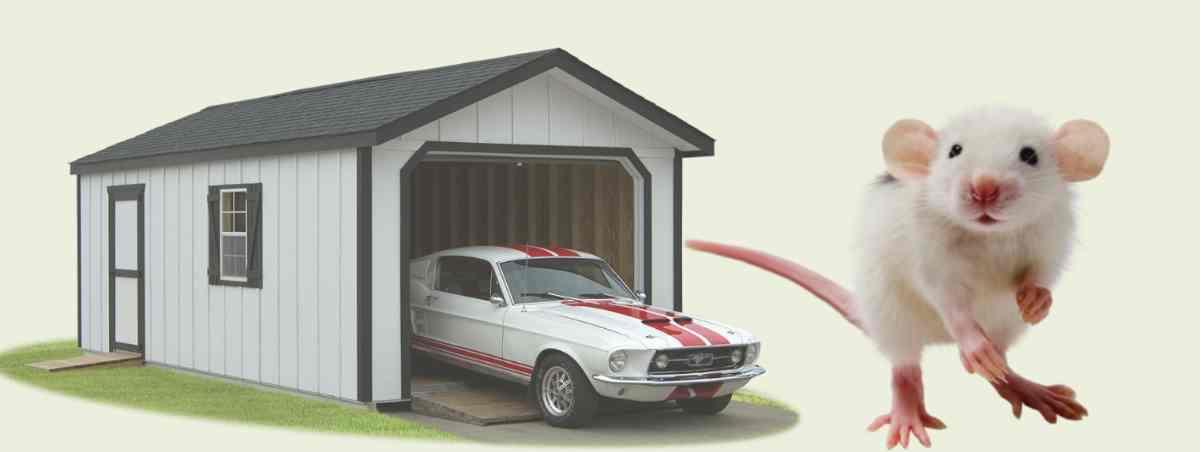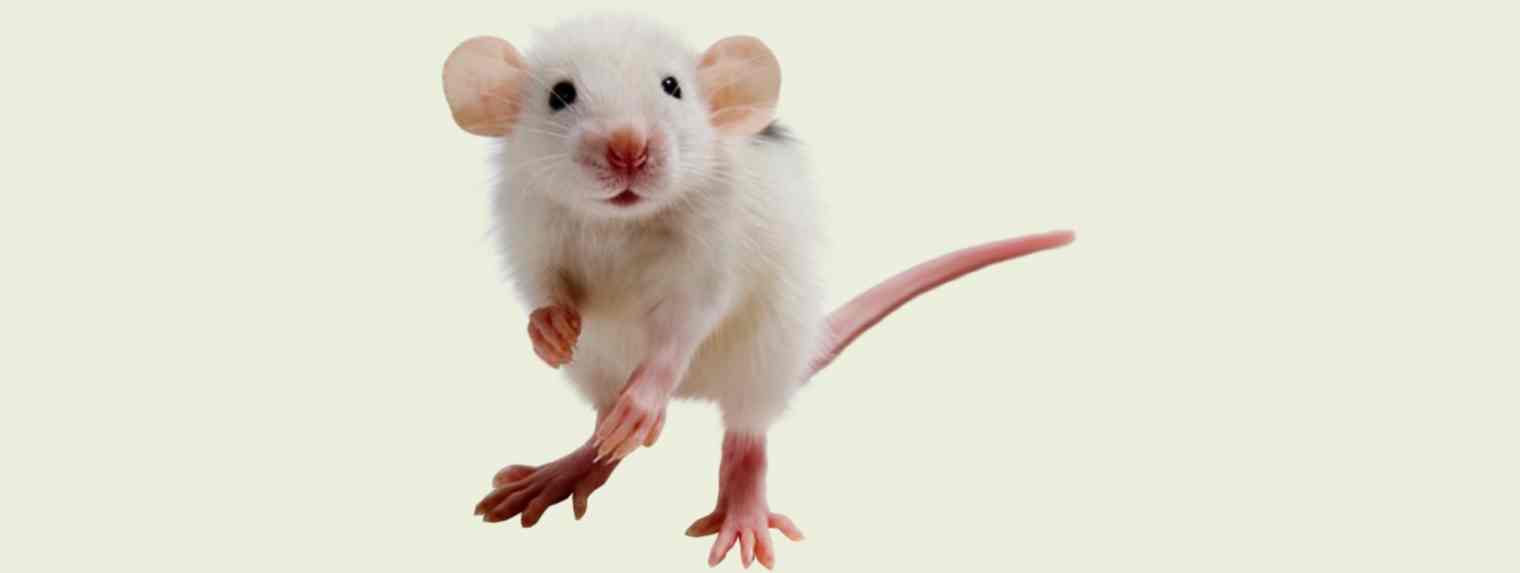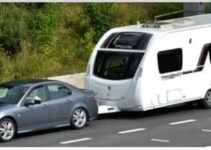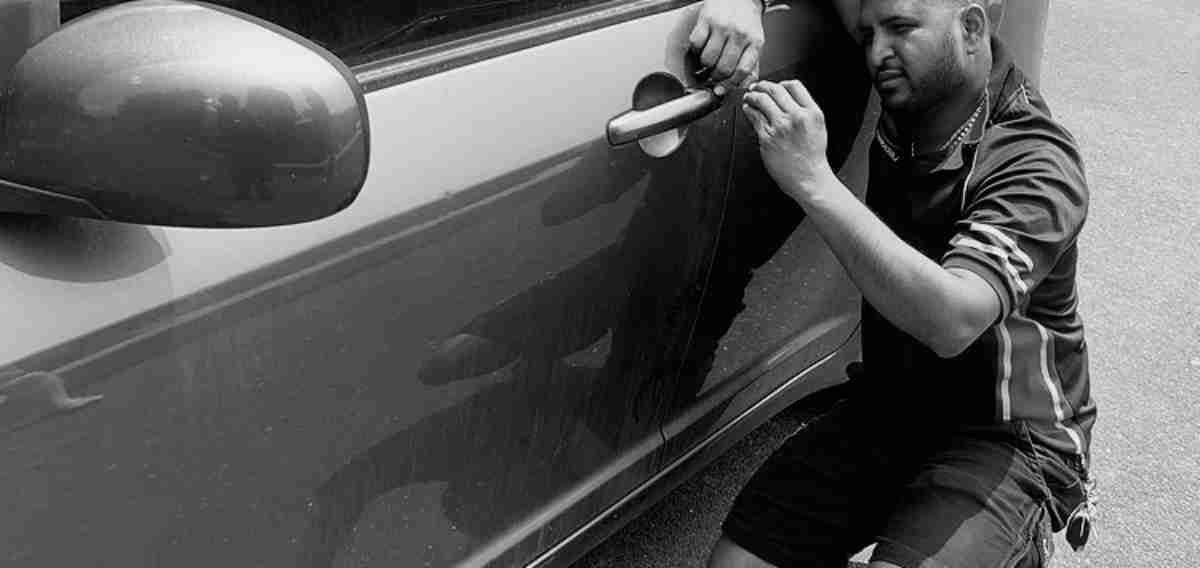This article discusses how to keep mice out of garage and car. Mice live close to humans as we unknowingly provide food and shelter for them. They can be found almost everywhere around the household and are attracted to the waste food we dispose of in the bin and around the house.

It is often safe to say that where there is a single mouse, there are a lot more in that area or surroundings and they can cause real damage to your property.
Mice cost car owners more than £370m of damage per year. So, you see, you don’t want to share in this cost.
However, these rodents need shelter and your car can provide the best space for the mice to call home because the engine area of the car is particularly warm and dry, therefore the mice can feel undisturbed, providing the ideal shelter for feeding and breeding.
If mice call your car or garage home, then you should be worried because they can cause huge damage to your car and you may lose a large sum of money trying to fix the damage.
Mice Damage
Mice like to chew and hide in tunnels. The most common part of the car that can be affected is engine wires. They tend to chew and cut electric wires running through the car engine which in turn can cause short circuits resulting in expensive engine damage. The car engine can also be used as a breeding nest. They can use the insulating fabric and other corners in the engine to shelter baby mice.
More so, the car or garage can be used to store food which can end up scattered around the hood or engine and when they come in contact with the pedal mechanisms can result in a brake failure when driving on the highway. Mice droppings can also be a problem as they produce an unpleasant smell when they decompose.
Signs that Mice is in Your Car
There are common signs that tell your car is under mice attack.
- NOISE
Rodents like mice make chewing or scratching noises around the engine or hood compartments of the car. They can be scratching the surface or biting a wire.
- SMELL
You might also come across an unpleasant smell that may not be easy to recognize but you will be able to feel its presence because of the bad odor from droppings or decayed food being stored.
- CHEW MARKS
These chew marks are most common with older model vehicles. check for chew marks on seatbelts, cushions, wires, and floor mats.
- FAULTY DISPLAY
Mice and other rodents chew on gadgets and wires connected to a display unit. This can lead to faulty display, which when noticed should not be taken for granted.
How Do Mice Enter Your Car?

Mice are good climbers with a flexible body structure that enables them to twist and turn around tight corners. They can climb on your tires and find their way inside the vehicle through multiple entry points. The car engine needs air and therefore is provided with vacant spaces. These vacant spaces are used by rats to crawl in and wreckage.
Places Where to Find Mice Nests in Your Car
There are multiple places in your car that can be used as breeding nests for mice. Some of them include:
-
Trunks
The trunk, due to its wide-area can be a perfect location for a mice nest if it is not checked for a long time. Trunks with tiny spaces are very attractive to mice for breeding and nesting.
-
Vents
They can offer great access to food and warmth for mice. They can chew on cables and nest in dark and warm areas in and around the engine area.
-
Dashboard
The dashboard can also be a good spot for nesting mice if left unchecked for a long time.
-
Seats
The area below the seats is vulnerable, dark, and warm. They can be used as perfect mice nests.
-
Air Filter Boxes
Air filters are bigger in huge cars which are commonplace for mice nesting.
-
Batteries
Areas around the car battery are warm and dry. They should be checked regularly as they can be used as a nesting spot for mice.
How to Keep Mice Out of Cars and Garage

It is near impossible to keep out all mice and rodents from your garage or car but they can be controlled. Here are a few tips:
Keep the Car Clear of Food Droppings
If your children eat snacks and drop the crumbs and leftovers on the floor or seat of the cars, there is a high chance of mice invasion. To avoid this, the use of a vacuum cleaner in the car is advisable to reduce the risk of attracting these unwanted guests.
This step is very ensuring that you are not aiding in food supply for the mice to have a comfortable habitat both in the car and garage. You should keep the car clean and free of clutters as rats tend to leave in areas with a lot of places to hide. You should dispose of thick foliage always.
Use Light to Deter Nesting
Rodents like mice do not like light. They always store food and stay around places they can go back to eat later on. They sometimes store food in car air filters, therefore keeping the garage lights on might discourage the nesting because mice don’t like sleeping with the lights on, and they may choose to leave in places with low light.
If you don’t always park your car in the garage, try to leave the car hood open during the day, as this is recommended to keep away all rodents intruding.
Eliminate Food Sources
Mice and other rodents are attracted to waste food, other pet food, seeds, or even stored food supplied in the garage. If this is the case, make sure all types of edible foods are sealed before storage in rodent-proof containers like tin or plastics. This will prevent mice from getting inside.
Use of Repellent Fragrances
Mice and other rodents have a good sense of smell. This can also be an advantage as strong odor repellants can be used in the garage or car. Examples of these repellants include:
- Peppermint oil: This type of repellant act as a perfect mice repellant when rubbed on cotton wools and kept in strategic locations under the hood and the engine of the car and other parts of the garage. Peppermint oil has a strong scent that immediately repels rodents but is more pleasant to humans.
- Irish spring soap: The soap can be cut into small parts and then drill a hole in each part and tie a wire around the soap and keep it under the hood of the car and in other locations that do not get heated when the engine is turned on.
- Laundry drying sheets: A dryer sheet is a fabric softener usually applied to laundry during the rinse cycle. It reduces the harshness of clothes that are dried in the air. It is said that putting these dryer sheets under the car hood can make rats leave the area or space under the hood.
- Pine-sol: Spraying pine sol into the car engine area is an option to repel mice and other rodents. when doing this, avoid areas like the car battery. Also, make sure it is safe to use pine-sol before spraying on certain parts of the car. When sprinkled around the car tires, they help repel mice.
- WD-40 and defense pepper spray: People use pepper spray to repel mice but I must say that this spray is highly flammable and it has a high evaporation rate which may backfire on you and you will feel its burning effects.
- Garlic: With the strong smell coming from garlic, it can be used to repel rodents when placed in strategic positions in the car hood, engine, and around the garage.
Block all Points of Entry
When you notice mice or mice droppings in the car or garage, you may be able to identify all the entry points. Most times, air intakes or open-wheel wells are very good entry points for mice. Therefore, blocking with wire mesh which takes time to install is a viable option but mice are very flexible and can squeeze through small openings. It takes time to observe the openings sometimes.
Use of Electronic Deterrent
There are various types of electronic repellants. Some are plugged into a wall socket; others are solar-powered. Other types of repellants are ultrasonic and used strobe lights, thereby causing vibrational disruptions that deter rodents.
Some make loud noises when they detect slight motion, others send out unpleasant sounds that are only heard by rodents. This is one of the most used methods because you will not have to keep spraying or using a trap.
Use of Trap
Traps have been used to manage mice and other rodents, probably the oldest form of rodent management. They are straightforward in their operation and are mostly used with a bait put on a lever to attract the mice. When a mouse trips on the lever, the bar attached to the lever smashes down on the mouse trapping it instantly and, in most cases, killing it.
Most people think this is the most effective method because there is evidence of the success there for you to see. The bait used on the trap may include cheese, fish, crayfish, peanut butter. If you have other pets that are attracted to these baits, it is advisable to keep them away from the trap at all times.
Another type of trap is the sticky strip which uses an adhesive trap and holds mice. Advantages of sticky trap are:
- It is easily disposable
- It does not snap your fingers when setting it up
- It may catch more than one mouse at a time
- It can be placed on surfaces inside the car engine
Biological Deterrent
This might be a good option if you have other pets that view these rodents as hunting game like the cat. If this is the case, then you have to be careful and always make sure the deterrents are not in the engine before you start the car, as it could be deadly if the car is started with the cat still inside the engine.
Other biological deterrents include the fur of dogs, coyotes, or even human hair tied in bundle and placed under the hood. These rodents can sense the presence of predators by the smell of fur or hair and may be forced to find shelter somewhere else.
Do not Leave Your Car Unused for Long Periods
If your car is parked idle for a few days or weeks, there is a high chance of mice invasion. It is advisable to start your engine now and then to discourage mice from moving in. You might also try parking at different locations.
What to Do if You Have Mice in Your Car or Garage
If you already have mice in your car, try to rinse the engine out with water connected to a garden hose. Take out the nesting materials and wash away the mice’s scent. Make sure not to vacuum mice droppings to avoid contracting Hantavirus, which is an airborne disease. Also, using household solution like vinegar is not an effective disinfectant. Check the vehicle parts for damage especially the engine area. Seek advice from your mechanic regarding what to look for and how to recognize signs of damage.
Meanwhile, read how to get rid of cockroaches in a car permanently!


